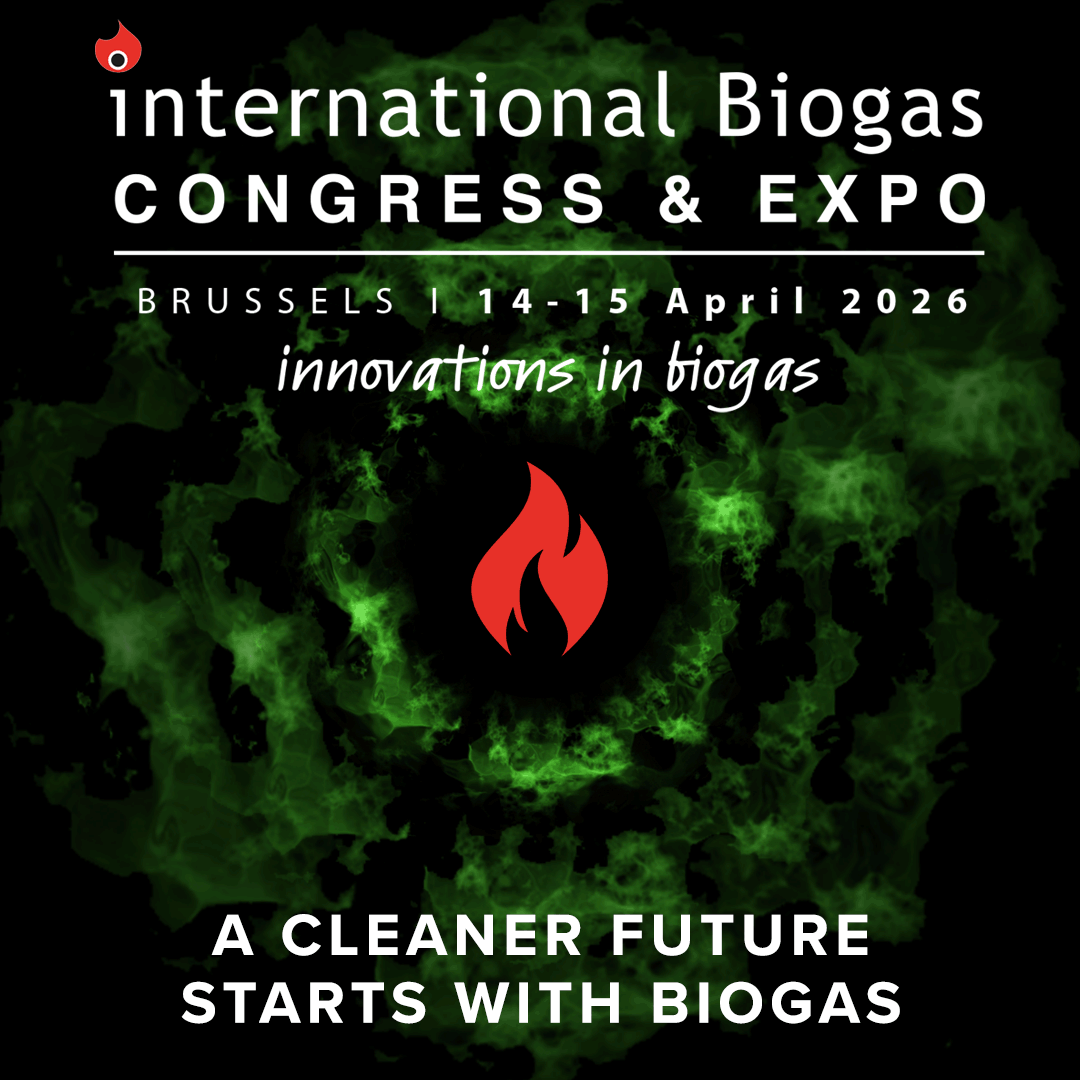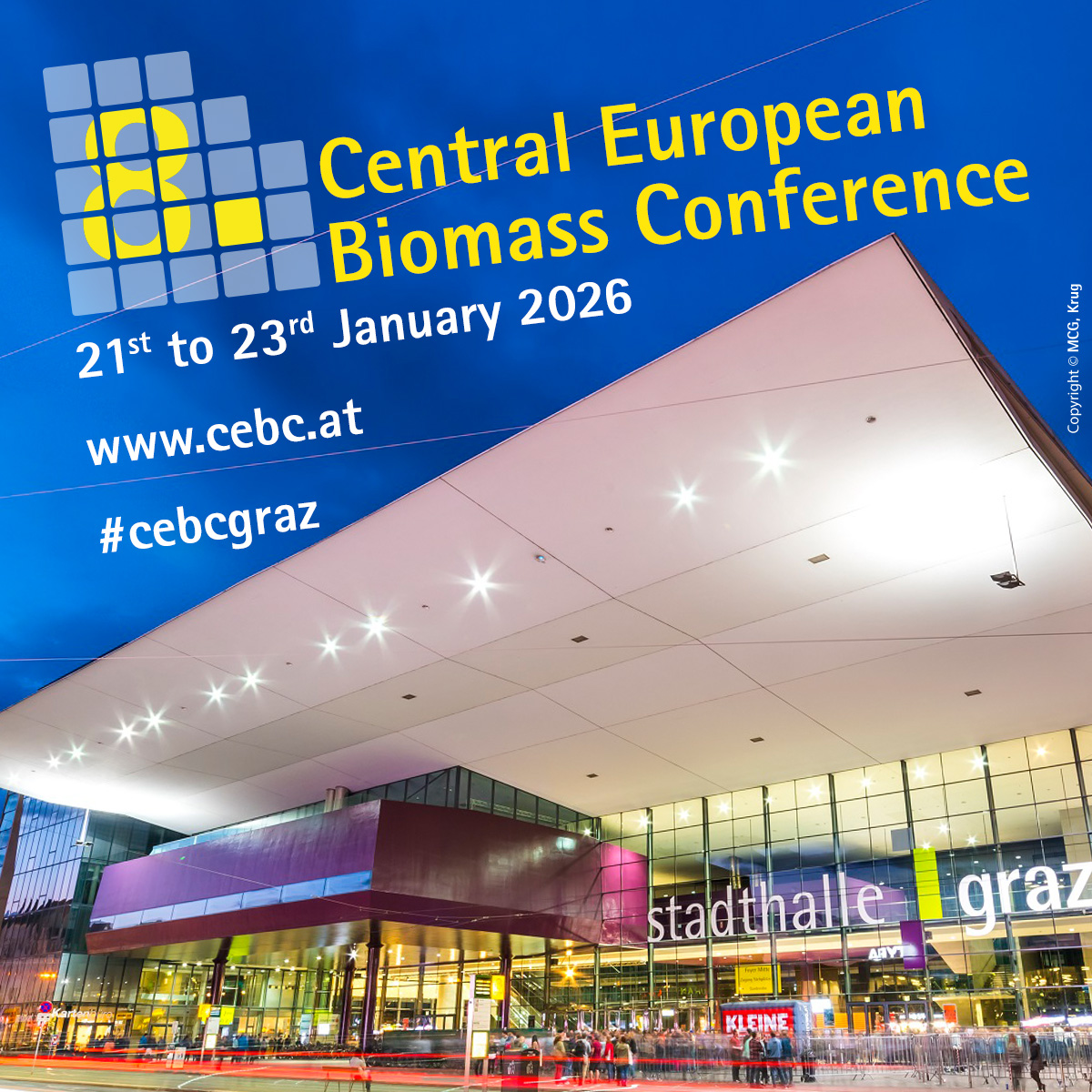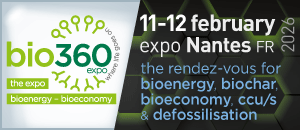‘Highest selectivity ever’ recorded in new carbon/methane filter membrane
A new membrane has been developed that makes more effective the process of separating methane from CO2. This process is crucial in making natural gas and biogas suitable for use
Methane is never found in its pure form. Natural gas, for instance, always contains a large amount of carbon dioxide. Industry generally uses membranes that act as molecular sieves to purify this natural gas (i.e. remove the CO2). Once filtered, the methane can be used as a source of energy for heating, for the production of chemicals or a fuel, while the CO2 can be reused as a building block for renewable fuels and chemicals.
Researchers at the University of Leuven developed the new membrane to increase the efficiency of the purification process. A study detailing their work has been published in the journal Energy and Environmental Science.
“An effective membrane only allows the CO2 to pass through, and as much of it as possible,” said Ivo Vankelecom from the KU Leuven Faculty of Bioscience Engineering.
“The commercially available membranes come with a trade-off between selectivity and permeability: they are either highly selective or highly permeable. Another important problem is the fact that the membranes plasticise if the gas mixture contains too much CO2. This makes them less efficient: almost everything can pass through them, so that the separation of methane and CO2 fails.”
According to a statement, the best membranes available consist of a polymeric matrix with a filler in it, for example a metal-organic framework (MOF). This MOF filler has nanoscale pores, and the new study has shown that the characteristics of such a membrane improve significantly with a heat treatment above 160°C during the production process.
“You get more crosslinks in the polymeric matrix: the net densifies, so to speak, and that in itself already improves the membrane performance, because it can no longer plasticise. At these temperatures, the structure of the MOF - the filler - changes, and it becomes more selective. Finally, the high-temperature treatment also improves polymer-filler adhesion: the gas mixture can no longer escape through little holes at the filler-polymer interface,” Vankelecom explained.
The heat treatment apparently gives the new membrane the highest selectivity ever reported, and prevents plasticisation when the CO2 concentration is high.
“If you start with a 50/50 CO2 mixture, this membrane gives you 164 times more CO2 than methane after permeation through the membrane,” explained Dr. Lik Hong Wee from KU Leuven. “These are the best results ever reported in scientific literature.”
















